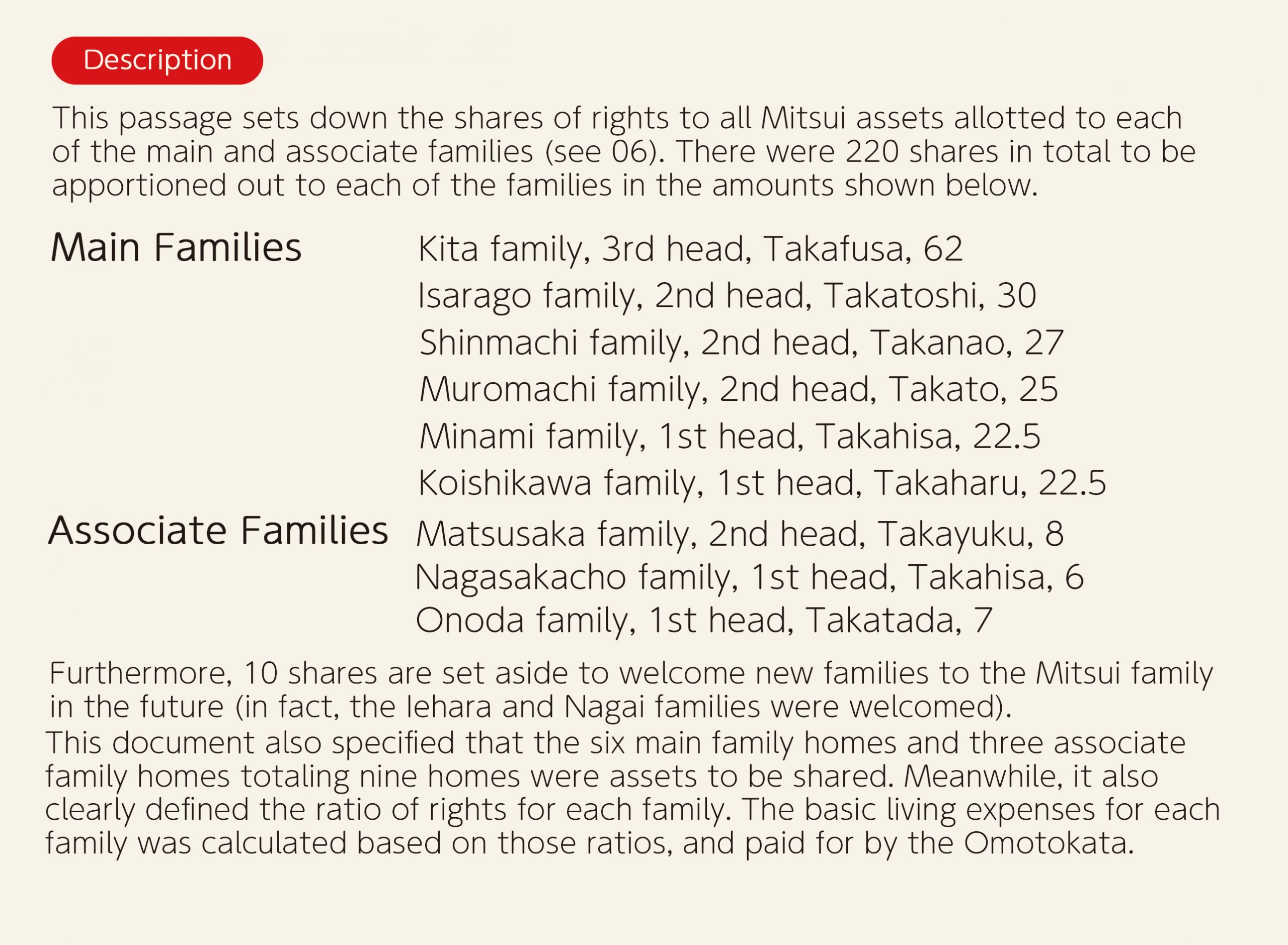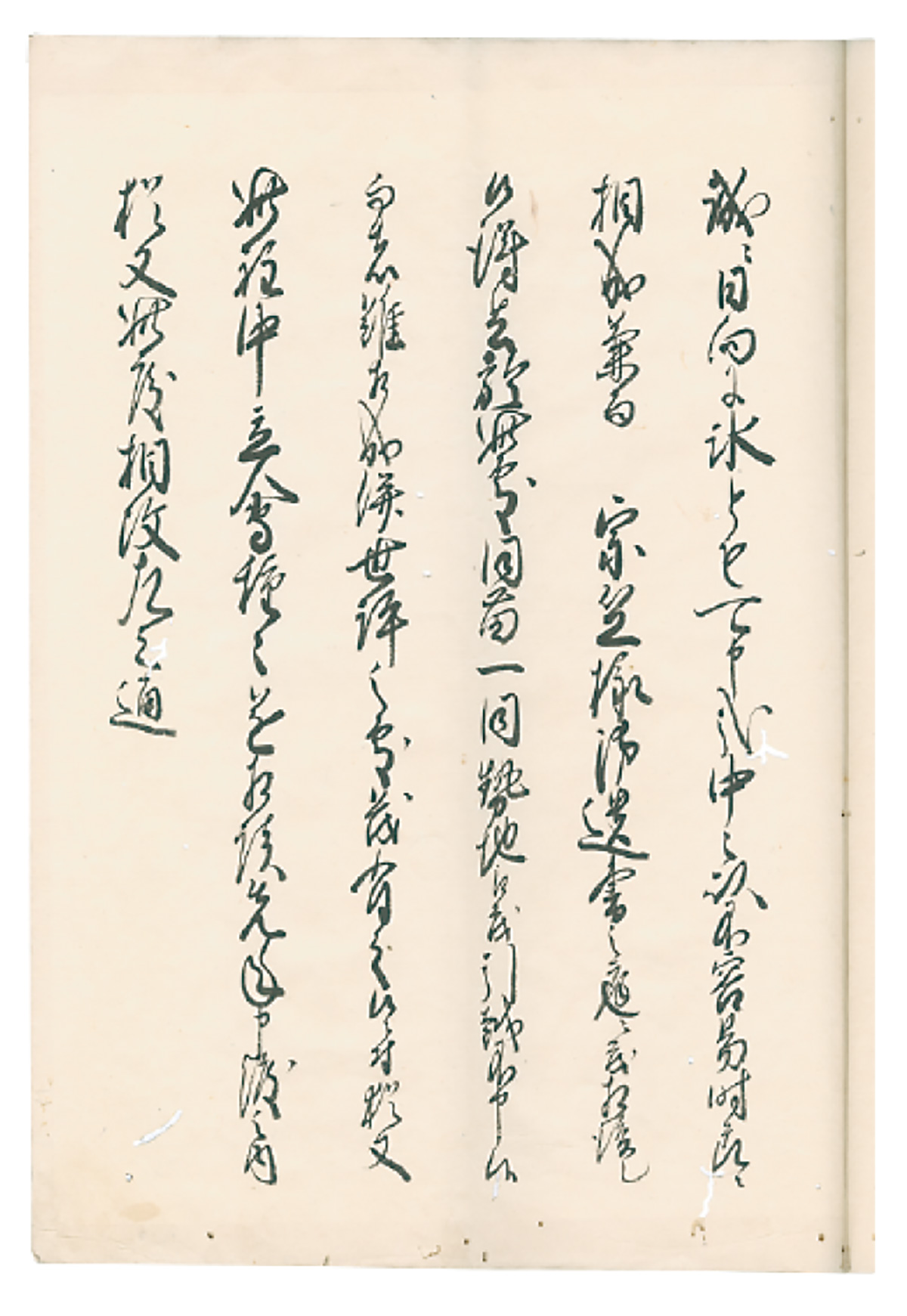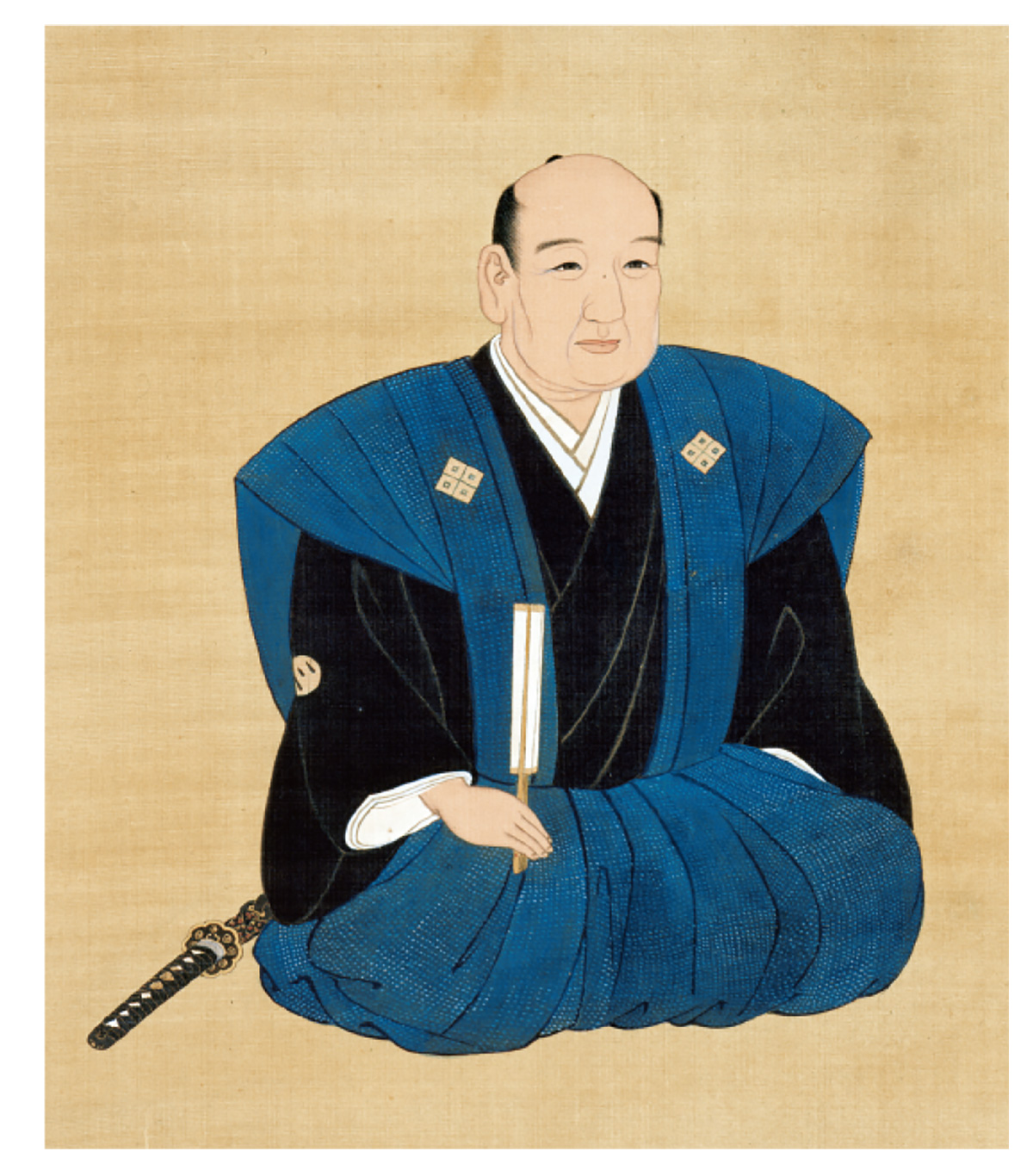09 The Sochiku Isho Family Constitution
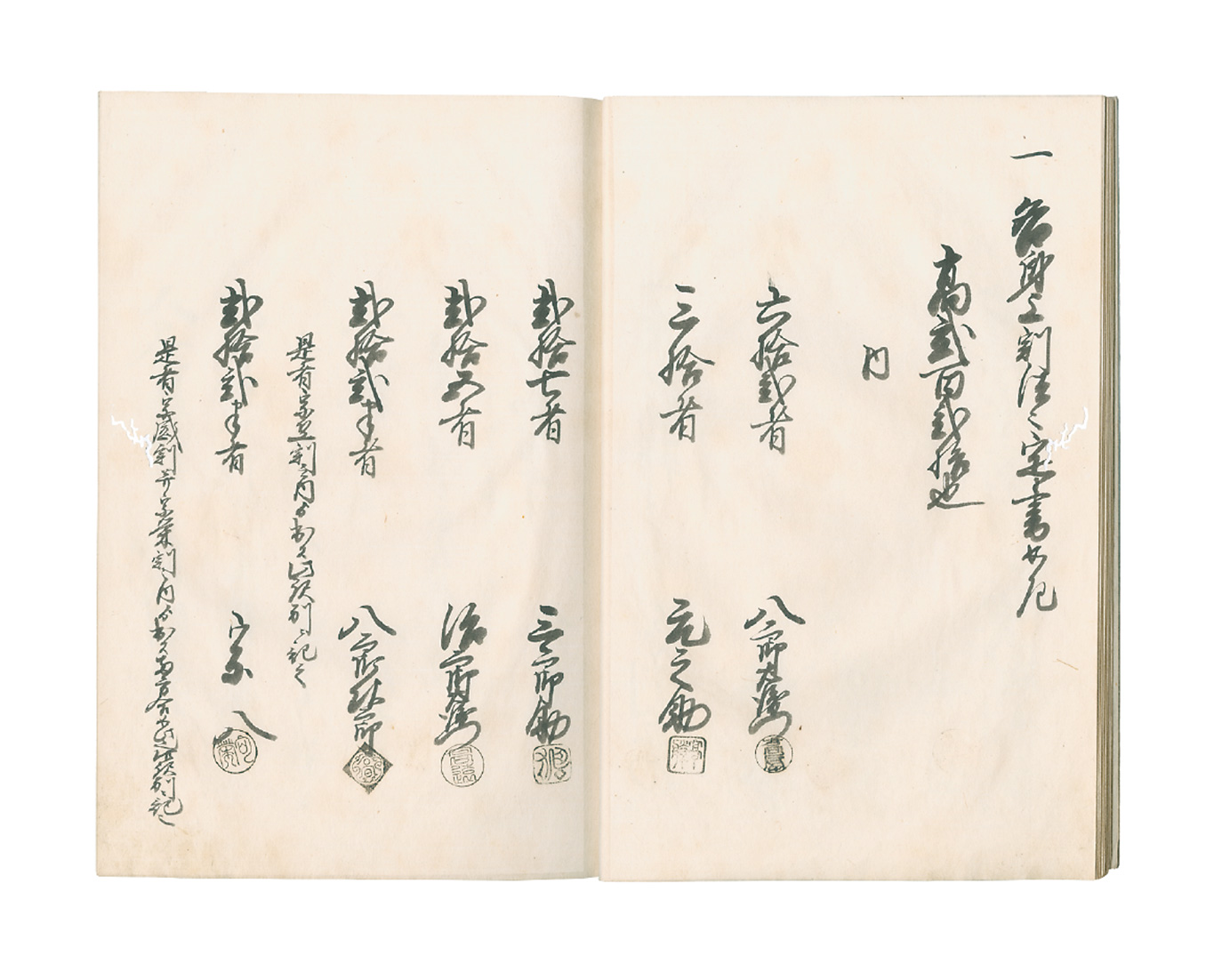
The Mitsui Standard
Takatoshi did not leave behind a definite family constitution. The Sochiku Isho that was set down during his children’s own later years in a format that would follow Takatoshi’s dying wishes would regulate the Mitsui family and business in the early modern period. Throughout the early modern period, at consequential moments these works would frequently be alluded to as symbols of unity and a point of origin to return to (→Fig. 09c). Extracted collections of rules that removed sections related to the Mitsui Domyo would be read out to employees at all shops in January, May, and September of the lunar calendar.
Here, let us look at some of the content that appears in Sochiku Isho.
The opening of the work speaks of the following. The siblings of Takahira (→06) were all in harmony with one another, but the Mitsui descendants in the future will not be actual siblings. Accepting this as a reality to start, we should unite our feelings, act prudently, and work hard at the family business in harmony with those above and below. We should also take in the feelings of everyone, know ourselves, and act accordingly.
The Entire Family to Consolidate and Share Its Assets and Businesses
Except for a short period (→10), Mitsui in the early modern period saw the Mitsui Domyo share their assets and businesses. Beginning with an understanding reached among the sons of Takatoshi (→06), as culminated in Sochiku Isho it was stipulated as a framework that the entire family and the siblings would share their businesses and assets as a single entity. The organic union of multiple shops was the nucleus of the business, and carrying it on as a single entity was seen as necessary.
To maintain such a system, the Sochiku Isho deemed it necessary that the scope of Mitsui Domyo be clearly defined and that an oyabun be positioned above the various families (i.e., someone who would represent all of the Mitsui families). The position of oyabun was meant to be handed down in succession to the eldest of Takahira’s brothers, but since Takahira wound up being the longest-lived of the brothers the position was assigned first to his son Takafusa and then to Takafusa’s son Takahisa (→Fig. 09d).
The Sochiku Isho also stipulated in detail the manner in which the Mitsui Domyo were to comport themselves, including rules on living expenses, branch families, and members who retired from active life. It further set down in detail the method for which a new hire would good around each shop to acquire a training in commerce from a young age so that they would become fully conversant with all aspects of the business.
Business Structure and Preparedness for Crises
After the oyabun, the members of the Omotokata-the central administrative body-were deemed to be the most important posts. A “top executive” known as the motojime was also to be appointed from among the employees, emphasizing the importance of choosing and treating the employees well.
Regarding the nature of the business, it restricted the new business (→01) that Takatoshi endorsed and loans to the daimyo whose business prospects had once seemed bright (the benefactor Makino family and the clan of the Kishu Tokugawa domanial lords were exceptions). The Sochiku Isho stipulated that 50,000 ryo of cash were always to be held in the underground vaults (→Fig. 09b). One gets the impression of a defensive approach to management, but this is likely because the document was written from the perspective of prioritizing survival amid a depression caused by deflation.
It also included a method for doing away with the principle of sharing assets across the whole family, and a provision for withdrawing to the homebase of Matsusaka if business became impossible due to uncertainty in social conditions. The cautiousness of trying to imagine the worst situation and prepare for it is evident.
Into an Age of Prosperity
Mitsui, which instituted its family constitution based on the strong sense of crisis that has been described previously, kept themselves going into the early 18th century. When the shogunate undertook a recoinage in 1736, Mitsui skillfully made the most of this to achieve rapid growth and enter an era of prosperity.
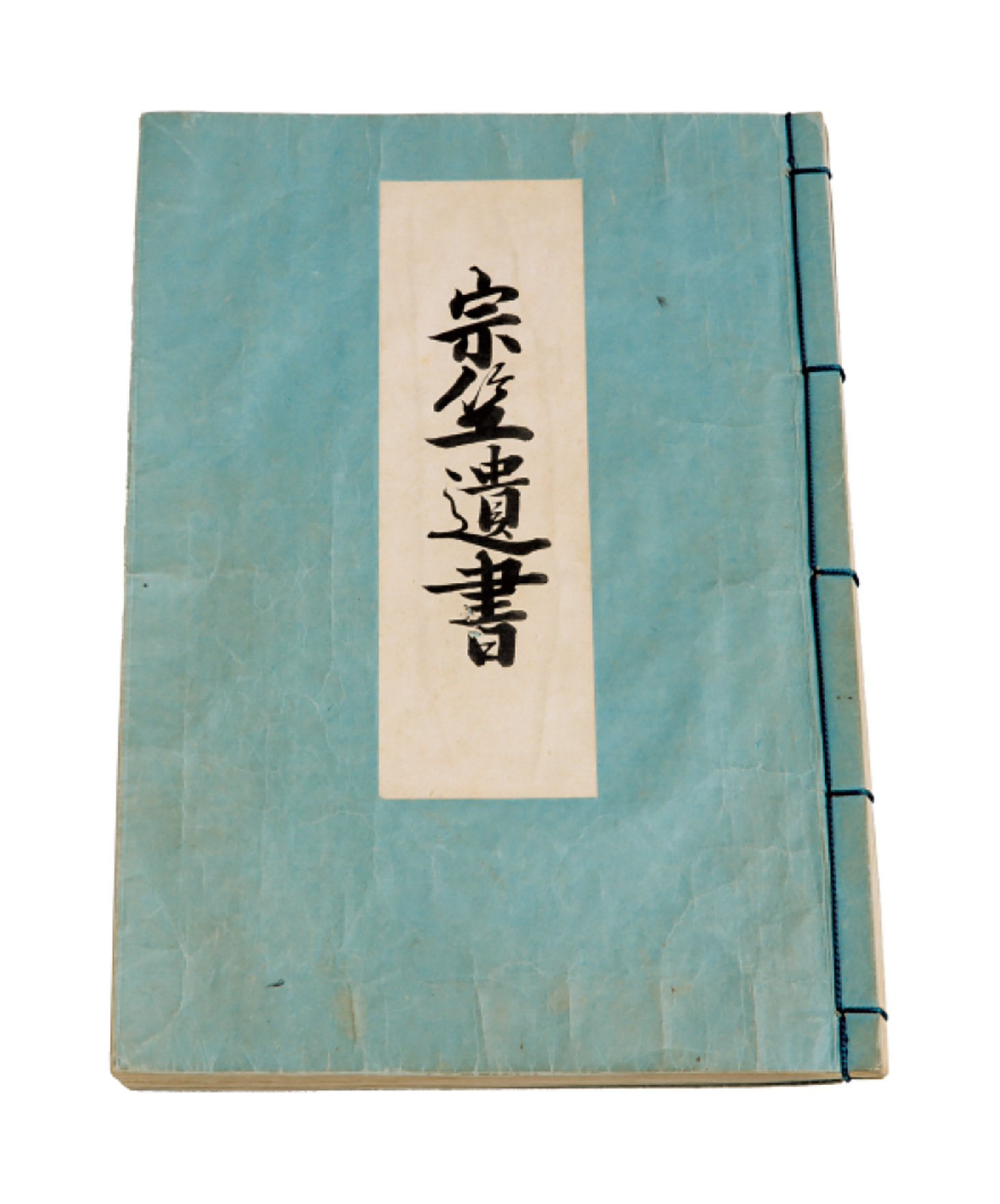
The family constitution, set down in 1722 by Takatoshi’s eldest son Takahira (→06) in his 70th year in the form of a testament. This document is the culmination of a series of documents that the children of Takatoshi completed in their later years, such as Kadenki and Shobaiki. This document was stored in the same box as those, sealed, and handed down in the Kita family that is the legitimate stem lineage of Takahira. It seems that boxes containing the same set of documents were held by the Kita family, at the Kyoto money exchange store, and in Matsusaka. In the modern period, it was kept in a specially made box together with the Mitsui’s House Constitution (→37) and managed by the Mitsui Family Meeting.

Items used in the storing of cash and silver. To prepare for fire and theft-the great enemies of the merchant family-cash and silver were kept in copper containers and further stored in underground vaults. The containers (senryobako) would become quite heavy, and so jacks (manriki) of a sort would be used to raise and lower them. During the late 19th century, they are said to have stored isshukin (single shu gold coins) and isshugin (single shu silver coins).


